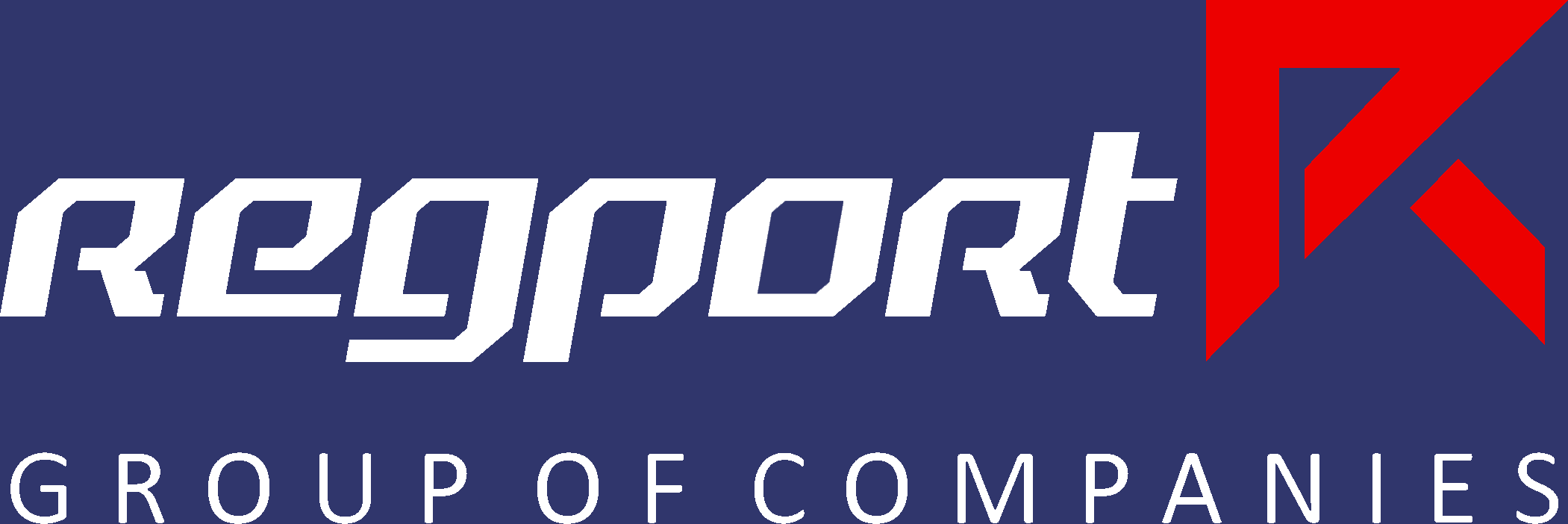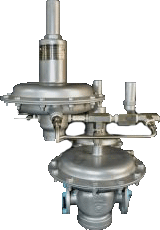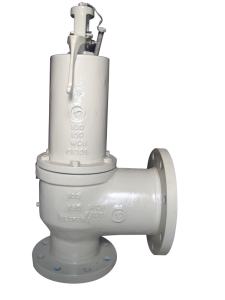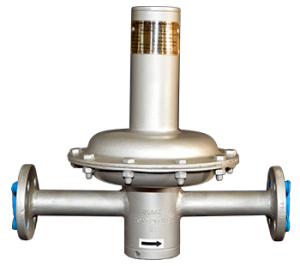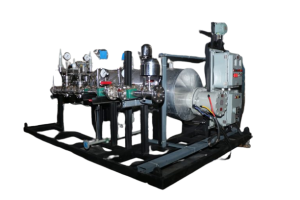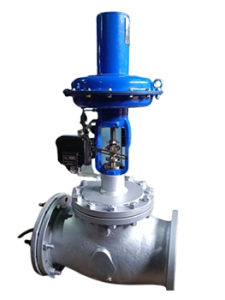In the world of mechanical devices and industrial safety, two terms that are often used interchangeably are pressure safety valves (PSV) and pressure relief valves (PRV). While both valves serve the purpose of releasing excess pressure in a system, there are key differences between the two that are important to understand. In this blog post, we will explore the distinctions between pressure safety valves and pressure relief valves.
Pressure Relief Valve (PRV): Think of a PRV as a pressure regulator. It acts as a proactive measure, constantly monitoring and adjusting pressure within a system. As pressure builds and reaches a predetermined set point, the PRV opens proportionally, releasing a controlled amount of fluid to maintain a desired operating pressure range. This prevents excessive pressure buildup and safeguards equipment from damage.
Safety Relief Valve (SRV): Imagine a pressure safety valve as an emergency responder. It’s the last line of defense, designed to react rapidly when pressure surges beyond a critical safety limit. Unlike the gradual opening of a PRV, the SRV pops open completely, releasing a large volume of fluid to quickly bring pressure down to a safe level. This prevents catastrophic equipment failure and potential explosions.
Functionality and Operation
The primary difference between PSVs and PRVs lies in their functionality and operation. A pressure safety valve is designed to respond to a specific pressure limit and open rapidly to relieve pressure, thereby preventing overpressure in a system. On the other hand, a pressure relief valve is used to control and regulate system pressure by partially relieving excessive pressure.
Pressure Setting and Accuracy
Another significant difference between PSVs and PRVs is the pressure setting and accuracy. Pressure safety valves are typically set at a predetermined pressure limit and are designed to open when the pressure exceeds this limit. They operate with high precision and accuracy, ensuring prompt pressure relief and preventing catastrophic failures. In contrast, pressure relief valves are designed to gradually relieve pressure over a range of set pressures. They provide a more controlled release of pressure and are often used in situations where precise pressure control is required.
Application and Industry Usage
These valves also differ in terms of their application and industry usage. Pressure safety valves are commonly used in high-risk industrial applications such as oil refineries, chemical plants, and power generation facilities. They are critical in protecting equipment, pipelines, and personnel from the potential dangers of overpressure situations. Pressure relief valves, on the other hand, have a broader range of applications and are utilized in various industries, including HVAC systems, automotive engines, pneumatic equipment, and water systems. They provide essential pressure regulation and system protection in a wide array of settings.
Design and Construction
PSVs and PRVs also vary in terms of their design and construction. Pressure safety valves are typically designed as spring-loaded valves with a disc or piston mechanism. They rely on a spring force to keep the valve closed at normal operating pressures and open when the pressure exceeds the predetermined set point. Pressure relief valves, on the other hand, can have different designs, including spring-loaded, pilot-operated, or balanced bellows. These valves are engineered to operate with various mechanisms, depending on the specific application requirements.
Legal and Regulatory Compliance
For certain industries and applications, there may be legal and regulatory compliance considerations when it comes to the usage of pressure safety valves and pressure relief valves. In industries such as oil and gas, power generation, and chemical processing, specific regulations and standards may dictate the use of pressure safety valves in critical systems. These regulations ensure that the valves are correctly installed, accurately set, and regularly maintained to ensure optimal operation and safety.
For consistent pressure control and preventing minor pressure fluctuations, a PRV is the preferred choice.
For critical safety applications where rapid pressure relief is essential to prevent catastrophic events, an SRV is the ideal solution.
Conclusion
While pressure safety valves and pressure relief valves both serve the purpose of releasing excess pressure in a system, they have distinct differences in terms of functionality, pressure setting, and application. Understanding the distinctions between these two types of valves is crucial for selecting the right valve for a particular industrial process. By choosing the appropriate valve, industries can ensure efficient operation, optimal safety, and compliance with relevant regulations.
